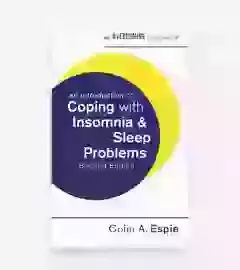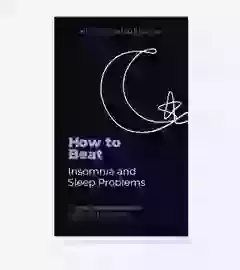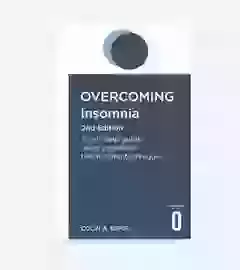What do we mean by Insomnia?
Sleep is the body’s regeneration mechanism. Although it might seem that the body simply switches off when we sleep, in fact, it is a time of intense activity, both physical and mental. For example, proteins are laid down during sleep, and growth hormone (one of the several hormones produced at night) governs the growth of children while they sleep. And we now believe that while we sleep our brain organises our thoughts into retrievable patterns, much like a library.
So sleep is not just the absence of wakefulness. Nor is sleep a constant state. While we sleep our brain activity varies, and there are various clearly identifiable stages of sleep. These vary from person to person, and also between young and old, but essentially they consist of:
- Stage 1: a transitional stage between being awake and being asleep, lasting only a few minutes
- Stage 2: a stage characterized by muscle relaxation and slow, rolling eye movements. This stage is also relatively short
- Stages 3 and 4: deeper levels of sleep, the difference between them being the presence of a greater proportion of a particular kind of brain wave in stage 4 than in stage 3
- REM sleep: characterized by very rapid movements of the eyes while the rest of the body is almost completely still. This is the stage during which most dreaming takes place.
Insomnia is essentially the inability to sleep. Disturbance of these normal patterns of sleep can have a number of different causes. Most of us will experience times when we sleep less well, and this might be to do with events in our everyday life such as work-related or relationship problems, or environmental disturbances such as noisy neighbours or exceptionally warm weather. However, when these irritants are removed, we usually go back to our normal sleep patterns quite easily. When this isn’t the case, we can be said to suffer from one of a number of sleep disorders.









